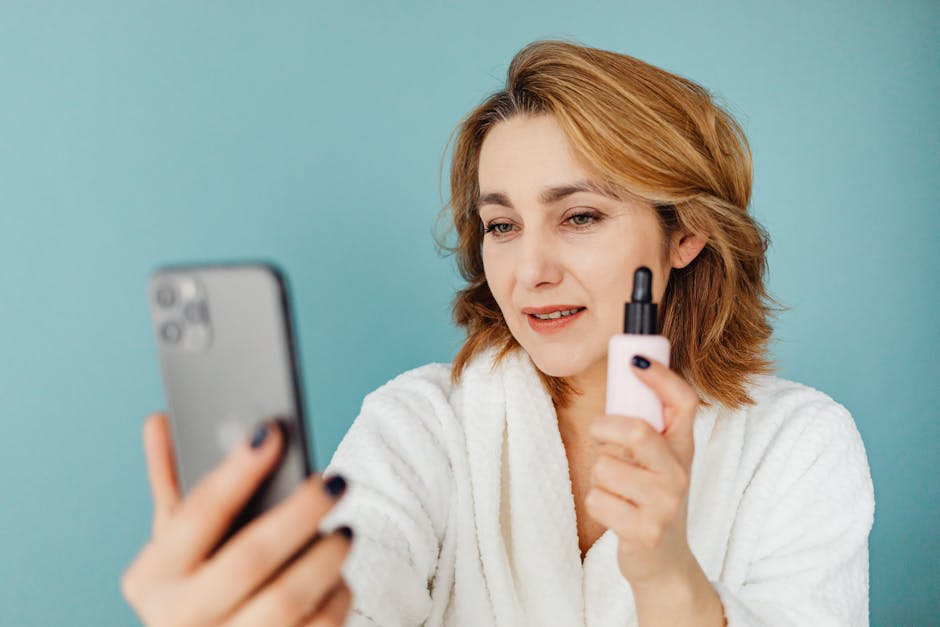How to Use Influencer Marketing for Your Side Hustle
In today’s digital age, expanding your side hustle’s reach can be as simple as leveraging the power of influencer marketing. Whether you’re selling handcrafted jewelry or offering freelance services, influencers can help you tap into new audiences and grow your business. In this guide, we’ll walk you through the steps to effectively use influencer marketing to boost your side hustle.
Table of Contents
1. What is Influencer Marketing? 🌟
2. Why Use Influencer Marketing for Your Side Hustle? 🤔
3. Finding the Right Influencers 🔍
4. Building a Relationship with Influencers 🤝
5. Crafting the Perfect Campaign ✨
6. Measuring Success 📈
7. Conclusion
8. FAQs
What is Influencer Marketing? 🌟
Influencer marketing is a strategy where you partner with individuals who have a strong online presence and influence over a specific audience. These influencers can range from bloggers and social media personalities to celebrities. The key is their ability to sway their followers’ opinions and purchasing decisions.
Why Use Influencer Marketing for Your Side Hustle? 🤔
Influencer marketing offers several benefits for your side hustle:
– Increased Visibility: Influencers can expose your brand to a broader audience than you might reach on your own.
– Credibility Boost: When an influencer recommends your product, it adds a layer of trust and authenticity.
– Targeted Audience: Influencers have niche followings, allowing you to reach specific demographics that align with your brand.
Finding the Right Influencers 🔍
Choosing the right influencer is crucial. Here’s how to do it:
– Identify Your Audience: Understand who your customers are and which platforms they use.
– Research Potential Influencers: Look for influencers whose audience matches your target market. Tools like BuzzSumo and Instagram’s search features can be helpful.
– Check Engagement Rates: Look beyond follower count. High engagement means the influencer’s audience is active and responsive.
Building a Relationship with Influencers 🤝
Once you’ve identified potential influencers, it’s time to reach out:
– Personalize Your Approach: Send a genuine message explaining why you admire their work and how you see a potential partnership.
– Offer Value: Influencers are more likely to work with you if there’s a clear benefit for them. This could be in the form of payment, free products, or exclusive deals for their followers.
– Communicate Clearly: Set clear expectations about the partnership, deliverables, and compensation.
Crafting the Perfect Campaign ✨
Designing an effective influencer campaign involves:
– Clear Objectives: Set specific goals like increasing brand awareness or driving sales.
– Creative Content: Allow influencers to express their creativity while ensuring they align with your brand’s message.
– Call-to-Action: Direct followers to your website or a special promotion to track the campaign’s success.
Measuring Success 📈
After launching your campaign, it’s essential to evaluate its effectiveness:
– Track Metrics: Use analytics tools to monitor engagement, website traffic, and conversions.
– Get Feedback: Ask influencers for their insights on audience reactions.
– Adjust Strategies: Based on your findings, tweak future campaigns for better results.
Conclusion
Influencer marketing can be a game-changer for your side hustle, offering a cost-effective way to reach new audiences and build brand credibility. By choosing the right influencers and crafting a well-thought-out campaign, you can elevate your business to new heights.
FAQs
1. How do I choose the right platform for influencer marketing?
Consider where your target audience spends most of their time. For younger demographics, platforms like Instagram and TikTok are popular, while LinkedIn might be better for professional services.
2. How much should I budget for an influencer marketing campaign?
It varies widely depending on the influencer’s reach and engagement. Start small, maybe with micro-influencers, and scale as you see results.
3. Can influencer marketing work for all types of side hustles?
Absolutely! The key is to find influencers whose audience aligns with your niche, regardless of your product or service.
4. How do I measure the ROI of my influencer campaign?
Track key performance indicators like engagement rates, website traffic, and sales conversions linked to the campaign.
5. What’s the difference between macro and micro-influencers?
Macro-influencers have large followings but may not have as personal a connection with their audience as micro-influencers, who often have more niche and engaged followers.
